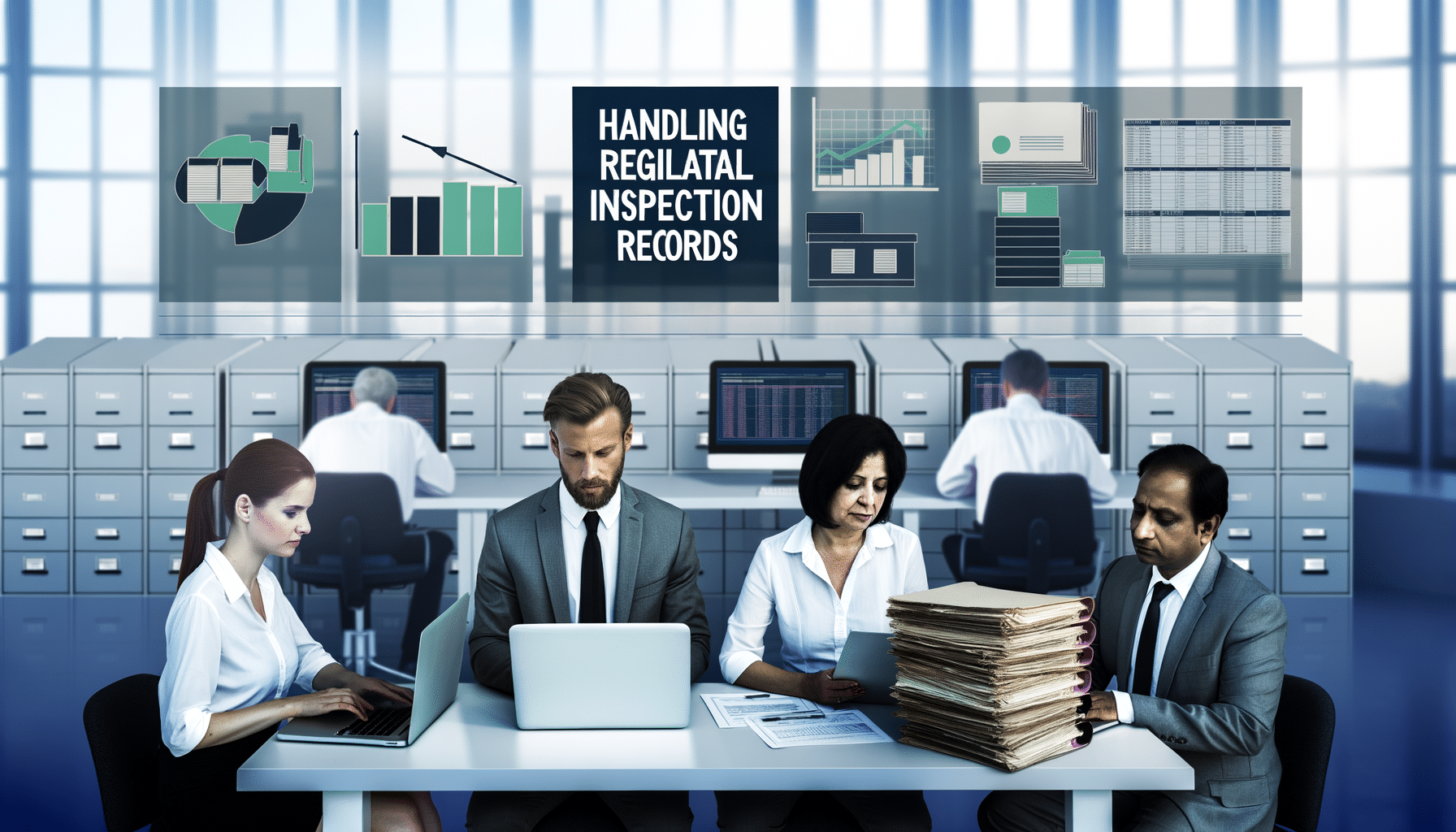- Blockchain Compliance
- February 14, 2024
How Financial Institutions Use Blockchain to Manage Compliance

Revolutionizing Compliance: The Role of Blockchain in Financial Institutions
In the complex world of financial institutions, compliance is a never-ending challenge. The intricate regulatory requirements, often changing, can consume significant resources and time. That’s where blockchain steps in—not as a mere tool, but a game-changer brimming with potential, offering a way to not only manage compliance but do it more efficiently than ever before.
Understanding Blockchain’s Impact
When I first delved into blockchain technology, my vision wasn’t just limited to cryptocurrency or decentralized finance. I saw its broader applications, particularly in transforming industries steeped in red tape and rigorous regulations, like financial institutions. At its core, blockchain offers transparency, immutability, and security—all critical components in the compliance spectrum.
The Compliance Conundrum
Before diving deeper, let’s address the compliance conundrum financial institutions face. Regulatory bodies worldwide, be it GDPR in Europe, SOX in the United States, or APRA in Australia, have set strict guidelines that banks and financial enterprises must follow. Non-compliance doesn’t just mean fines; it can lead to reputational damage, something far costlier in the financial world.
The manual processes often embroiled in managing compliance are prone to human error. Add to that the challenge of maintaining up-to-date records and ensuring all data remains tamper-proof. Here’s where blockchain shows its prowess.
Blockchain: Mastering Financial Compliance
Blockchain technology can provide a foundational layer for compliance. By harnessing its capabilities, financial institutions can:
Another critical use is smart contracts, which automatically enforce compliance rules embedded within them, reducing the risk of omissions or non-compliance. For example, a smart contract could ensure that transactions are only executed when specific regulatory checks have been met.
Case Studies: Blockchain in Action
To see how blockchain is actively reshaping compliance, let’s explore some practical examples:
1. **Cross-Border Transactions:** Traditionally, these transactions are fraught with compliance bottlenecks, involving multiple jurisdictions and regulations. Blockchain enables faster and compliant cross-border interactions by creating a shared ledger accessible to all parties, including regulators.
2. **Anti-Money Laundering (AML) Practices:** Blockchain solutions can streamline AML checks by maintaining comprehensive transaction records. Financial institutions can quickly assess risk and ensure all transactions comply with AML standards by analyzing blockchain data.
3. **Know Your Customer (KYC) Requirements:** With blockchain, verifying customer identities becomes faster and more reliable. By allowing institutions to share verified KYC data on a blockchain, not only is the process expedited, but it drastically reduces redundant processes across multiple institutions, enhancing customer experience without sacrificing due diligence.
Implementation Challenges & Overcoming Them
While the promises of blockchain are abundant, the journey of implementation is not without its hurdles. Adoption calls for significant upfront investment and a paradigm shift in how compliance is traditionally viewed.
Regulatory Acceptance: It’s crucial for regulators to recognize and accept blockchain-based solutions. This requires education and collaboration between tech innovators and regulatory bodies.
Legacy Integration: Financial systems are often built on legacy software. Integrating blockchain involves overcoming the barriers of outdated systems and ensuring interoperability.
Creating Standards: The lack of standardization in blockchain protocols can also be a barrier. Industry and regulatory collaboration are essential to develop universal standards that can be widely adopted.
Charting the Course Forward
I believe that as blockchain technology continues to evolve, its implications on compliance will only grow more profound. For those of us steering this ship, the goal is to keep fostering dialogue, innovation, and collaboration. As financial institutions embark on their blockchain journey, they not only streamline compliance but also position themselves at the forefront of technological advancement.
As we explore what this means in the continuously evolving landscape, remember the mission I’ve adopted at RecordsKeeper.AI—using technology not as a static solution but a dynamic tool that drives transformation. Blockchain holds the potential to shift the paradigm in compliance, turning it from a burdensome task into an opportunity for growth and innovation. Join me in embracing this future. Together, let’s revolutionize how financial compliance is perceived and managed with blockchain at its helm.
Toshendra Sharma is the visionary founder and CEO of RecordsKeeper.AI, spearheading the fusion of AI and blockchain to redefine enterprise record management. With a groundbreaking approach to solving complex business challenges, Toshendra combines deep expertise in blockchain and artificial intelligence with an acute understanding of enterprise compliance and security needs.
Related Posts


Handling Regulatory Inspection Records
Managing documentation for regulatory compliance.
- January 3, 2025
Archives
- January 2025
- December 2024
- November 2024
- October 2024
- September 2024
- August 2024
- July 2024
- June 2024
- May 2024
- April 2024
- March 2024
- February 2024
- January 2024
- December 2023
- November 2023
- October 2023
- September 2023
- August 2023
- July 2023
- June 2023
- May 2023
- April 2023
- March 2023
- February 2023
- January 2023
- December 2022
- November 2022
- October 2022
- September 2022
Want to get more content like this?
Signup to directly get this type of content to your inbox!!
Latest Post
Document Control for Equipment Maintenance
- January 20, 2025
Managing Records for Multiple Clients
- January 19, 2025
Handling Conference Documentation
- January 18, 2025
Setting Up Department Record Reviews
- January 17, 2025





